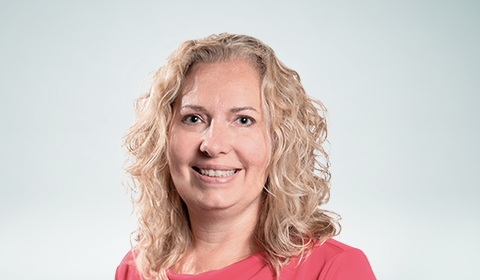For actuaries seeking to model COVID-19, finding and analyzing credible data has proven to be a daunting task.
On one hand, numbers are being reported everywhere – by newspapers, by universities, and by government agencies. But these reports, and the data underlying them, are often incomplete, biased, or just plain wrong.
Among the complications with publicly available data are lengthy reporting lags and varying methodologies across nations, states, or municipalities. In addition, COVID-19 infection rates and mortality experience are highly dependent on the interventions that governments choose to implement and the behaviors that individuals choose to engage in. Understanding and interpreting these nuances and complexities is critical in order to turn data into insight.
So how do you model mortality and morbidity amid such constant change? It starts with a combination of practical expertise, scientific knowledge, advanced analytic capabilities and carefully curated information. Consider these three recommendations:
- Go wide: Review a variety of sources, from government reports to scientific literature, to get the broadest possible picture of the pandemic. Public understanding of COVID-19 will evolve as research advances, but by keeping pace with the broad consensus of the best science and most accurate data, insurers can make better decisions. Valuable insights can emerge from aggregating data from disparate credible sources. For example, analyzing mortality data from government sources around the world demonstrates how COVID-19 is disproportionately impacting people over 60 years of age, and so far having relatively low impact on the young. This experience is unlike most historic respiratory pandemics, which have tended to follow a more U-shaped mortality curve in which the youngest and the oldest have the worst experience. It is also very different from the last influenza-like pandemic, the 1918 Spanish Flu, when the mortality curve was more W-shaped, taking the most lives among the working-age adult population as well as the very young and elderly.
- Go small – If evolving and incomplete big data makes it difficult to draw conclusions, why not go small? Consider the Diamond Princess, a cruise ship that, after a COVID-19 outbreak, offered a view of the transmission and mortality rate of the virus not found in the broader population. Because every passenger was tested and all outcomes are known, insurers can gain a valuable snapshot of the course of this disease. Half of the passengers who tested positive for COVID-19 were asymptomatic, and the majority of people who passed away as a result of COVID-19 were over age 60 and with underlying health conditions.
- Go with the flow: Scientific understanding of COVID-19 is continually evolving so it is important to remain flexible. For example, some studies have attributed higher hospitalization and mortality rates to chronic conditions. Meanwhile, other research casts doubt on these findings, suggesting that chronic conditions may have less influence on outcomes when controlling for other factors, or that certain comorbidities may play an outsized role in COVID-19 mortality. Insurers must continually adapt and evolve existing models as more information becomes available.
Summary
The challenges in studying COVID-19 are great, but it is imperative we continue to make progress. As the global community comes together to combat this pandemic, the insurance industry has an important role to play.
At RGA, we are moving forward with a multidisciplinary approach, drawing on the expertise of medical scientists and clinicians, actuaries and data scientists, and using the most advanced information and medical literature available.
At RGA, we are eager to speak with clients about any support needed as we confront this challenge together. Click here here to view the full webinar, and contact us to learn more about the resources, solutions, and services available.


